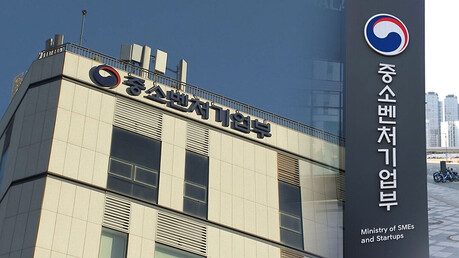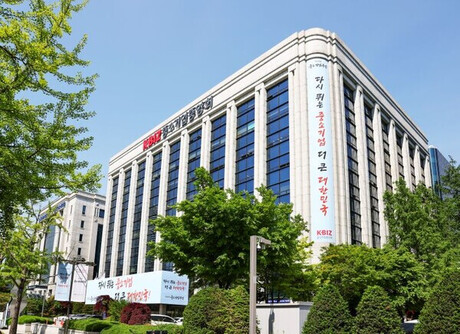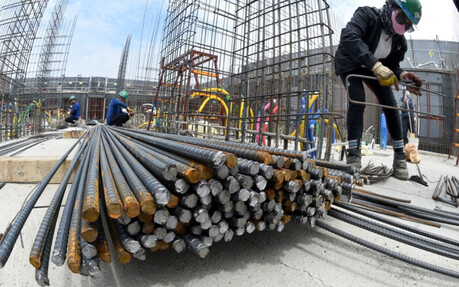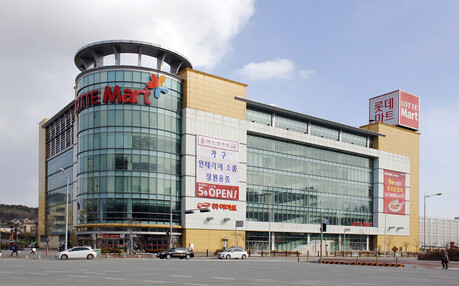
In a groundbreaking discovery that reshapes our understanding of the Moon's formation and evolution, a team of Chinese scientists has found evidence of a significantly drier mantle beneath the far side of the lunar surface. The findings, derived from data collected by the Chang'e-6 mission, suggest a stark contrast in water content compared to the Moon's near side.
The research, hailed by experts as "revolutionary," was spearheaded by Professor Hu Sen from the Institute of Geology and Geophysics at the Chinese Academy of Sciences. Their comprehensive analysis of lunar samples retrieved from the far side by the Chang'e-6 mission focused on the water content and hydrogen isotopes within basaltic rocks. The results of this pivotal study were published on Wednesday in the prestigious journal Nature.
Over the past two decades, extensive studies of lunar samples originating from the near side of the Moon have revealed a highly heterogeneous distribution of water within the lunar interior. This new research, however, provides compelling evidence for a potential hemispheric dichotomy in the internal water distribution of the Moon. This disparity could elucidate many of the asymmetric features observed on the lunar surface, hinting at different geological processes shaping the two sides.
This novel estimation of the water content in the far-side lunar mantle marks a significant leap forward in refining our comprehension of the Moon's overall water inventory. Furthermore, it imposes crucial constraints on the widely accepted giant-impact hypothesis regarding the Moon's origin. The findings underscore the significant role of water in the Moon's long-term geological evolution.
The giant-impact hypothesis posits that the Moon formed from the debris ejected after a Mars-sized object collided with the early Earth. Understanding the distribution and abundance of volatiles like water across the Moon provides critical insights into the conditions of this impact and the subsequent evolution of the Earth-Moon system. A drier mantle on the far side could suggest variations in the accretion of material or differential degassing processes following the Moon's formation.
The Chang'e-6 mission was a remarkable feat of space exploration, successfully landing on and returning samples from the South Pole-Aitken Basin, a vast and ancient impact crater on the far side of the Moon. This region is of particular scientific interest as it may contain material excavated from the Moon's upper mantle, offering a unique window into the lunar interior.
The research team's meticulous analysis of the returned samples provides direct geochemical evidence that complements remote sensing data and theoretical models. By examining the hydrogen isotopic composition, scientists can gain further insights into the source and evolution of water within the lunar mantle.
This study was conducted in collaboration with Nanjing University and received support from the National Natural Science Foundation of China, the Strategic Priority Research Program of the Chinese Academy of 1 Sciences, and other funding agencies. The findings are expected to spur further research into the Moon's internal structure and the processes that have shaped its distinct hemispheres.
The implications of a drier far-side mantle are far-reaching, affecting our understanding of lunar volcanism, the formation of lunar resources, and the broader context of planetary formation and evolution in our solar system. This discovery by Chinese scientists represents a significant contribution to lunar science and highlights the importance of sample return missions in unraveling the mysteries of our celestial neighbor.
[Copyright (c) Global Economic Times. All Rights Reserved.]






























